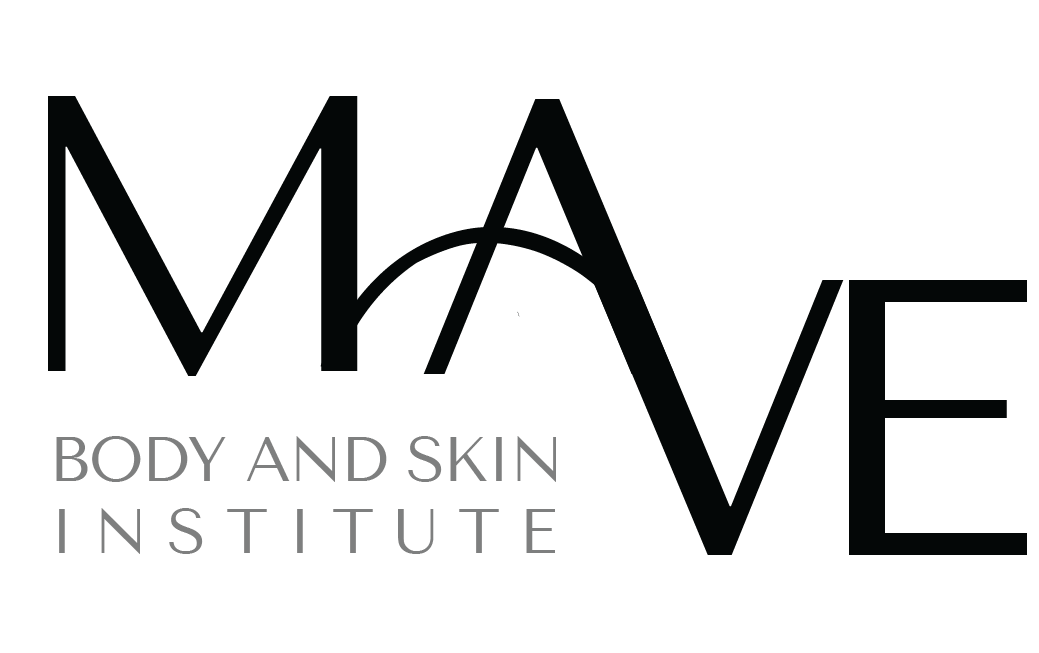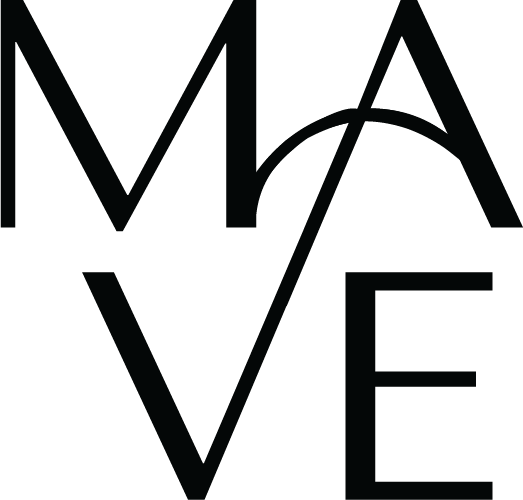Breast augmentation, also known as augmentation mammoplasty, is a surgical procedure designed to increase the size, fullness, and symmetry of the breasts using implants or fat transfer.
Good candidates for breast augmentation are generally healthy individuals who are dissatisfied with the size or shape of their breasts, have realistic expectations, and are seeking improvement in their appearance. It's important to discuss your goals and medical history with a qualified plastic surgeon to determine if breast augmentation is right for you.
There are two main types of breast implants: saline and silicone. Saline implants are filled with sterile saltwater, while silicone implants are filled with silicone gel. Both types come in various shapes, sizes, and textures, and the choice depends on individual preferences and aesthetic goals.
Recovery time can vary depending on factors such as the type of implants used and the surgical technique employed. Generally, patients can expect some swelling, bruising, and discomfort for the first few days following surgery. Most individuals are able to return to non-strenuous activities within a week, but strenuous exercise and heavy lifting should be avoided for several weeks.
Breast implants typically do not interfere with breastfeeding. However, it's important to discuss your plans for breastfeeding with your surgeon during the consultation to ensure that appropriate surgical techniques are used to minimize any potential impact on breastfeeding ability.
While breast implants are not considered lifetime devices, they are designed to be long-lasting. Many patients can enjoy the benefits of breast augmentation for 10 years or more before considering replacement or removal. Regular check-ups with your plastic surgeon are recommended to monitor the condition of your implants over time.
Like any surgical procedure, breast augmentation carries some risks, including infection, bleeding, changes in nipple sensation, implant rupture or leakage, and capsular contracture (the formation of scar tissue around the implant). It's important to thoroughly discuss these risks with your plastic surgeon and follow all pre- and post-operative instructions to minimize complications.
While there are some over-the-counter products and home remedies that claim to lighten brown spots, they are not always effective and may even cause skin irritation or other side effects. It is best to consult with a dermatologist for safe and effective treatment options.
To schedule a consultation for breast augmentation, please contact our office to speak with a member of our team. During your consultation, we will discuss your goals, assess your candidacy for surgery, and create a personalized treatment plan to help you achieve the results you desire.
Before and after photos of breast augmentation patients can be viewed in our office during your consultation. We respect the privacy of our patients and obtain their consent before sharing any photos publicly. These photos can provide you with a better understanding of the potential results of breast augmentation surgery.
Breast augmentation, also known as augmentation mammoplasty, is a surgical procedure designed to increase the size, fullness, and symmetry of the breasts using implants or fat transfer.
Good candidates for breast augmentation are generally healthy individuals who are dissatisfied with the size or shape of their breasts, have realistic expectations, and are seeking improvement in their appearance. It's important to discuss your goals and medical history with a qualified plastic surgeon to determine if breast augmentation is right for you.
There are two main types of breast implants: saline and silicone. Saline implants are filled with sterile saltwater, while silicone implants are filled with silicone gel. Both types come in various shapes, sizes, and textures, and the choice depends on individual preferences and aesthetic goals.
Recovery time can vary depending on factors such as the type of implants used and the surgical technique employed. Generally, patients can expect some swelling, bruising, and discomfort for the first few days following surgery. Most individuals are able to return to non-strenuous activities within a week, but strenuous exercise and heavy lifting should be avoided for several weeks.
Breast implants typically do not interfere with breastfeeding. However, it's important to discuss your plans for breastfeeding with your surgeon during the consultation to ensure that appropriate surgical techniques are used to minimize any potential impact on breastfeeding ability.
While breast implants are not considered lifetime devices, they are designed to be long-lasting. Many patients can enjoy the benefits of breast augmentation for 10 years or more before considering replacement or removal. Regular check-ups with your plastic surgeon are recommended to monitor the condition of your implants over time.
Like any surgical procedure, breast augmentation carries some risks, including infection, bleeding, changes in nipple sensation, implant rupture or leakage, and capsular contracture (the formation of scar tissue around the implant). It's important to thoroughly discuss these risks with your plastic surgeon and follow all pre- and post-operative instructions to minimize complications.
While there are some over-the-counter products and home remedies that claim to lighten brown spots, they are not always effective and may even cause skin irritation or other side effects. It is best to consult with a dermatologist for safe and effective treatment options.
To schedule a consultation for breast augmentation, please contact our office to speak with a member of our team. During your consultation, we will discuss your goals, assess your candidacy for surgery, and create a personalized treatment plan to help you achieve the results you desire.
Before and after photos of breast augmentation patients can be viewed in our office during your consultation. We respect the privacy of our patients and obtain their consent before sharing any photos publicly. These photos can provide you with a better understanding of the potential results of breast augmentation surgery.

